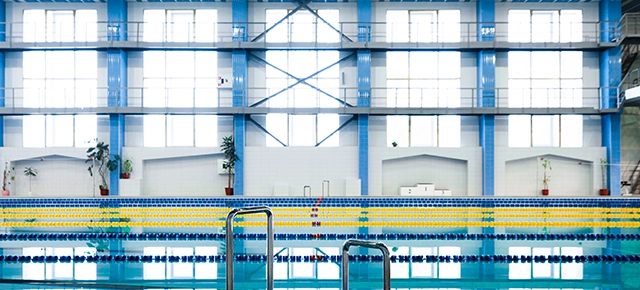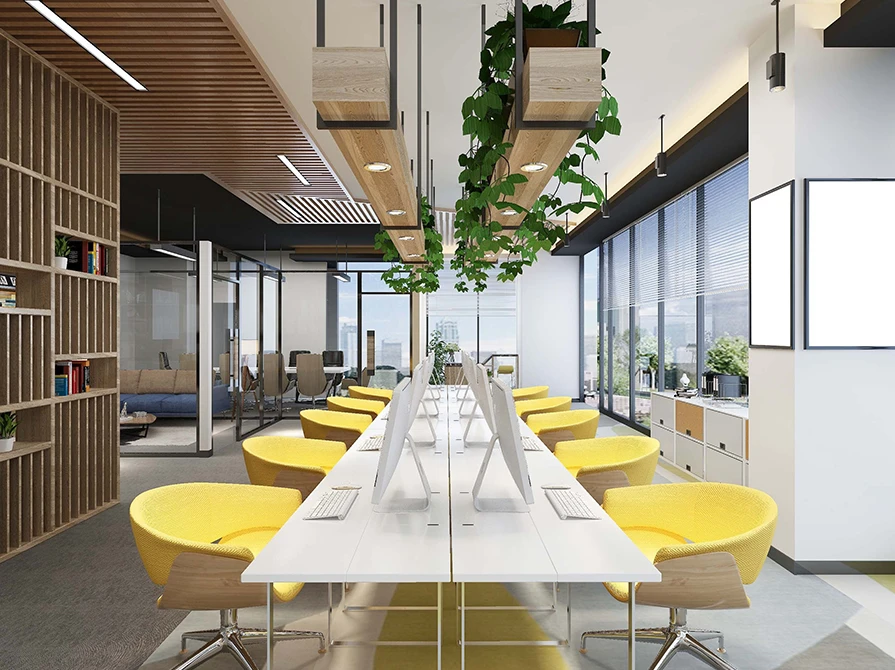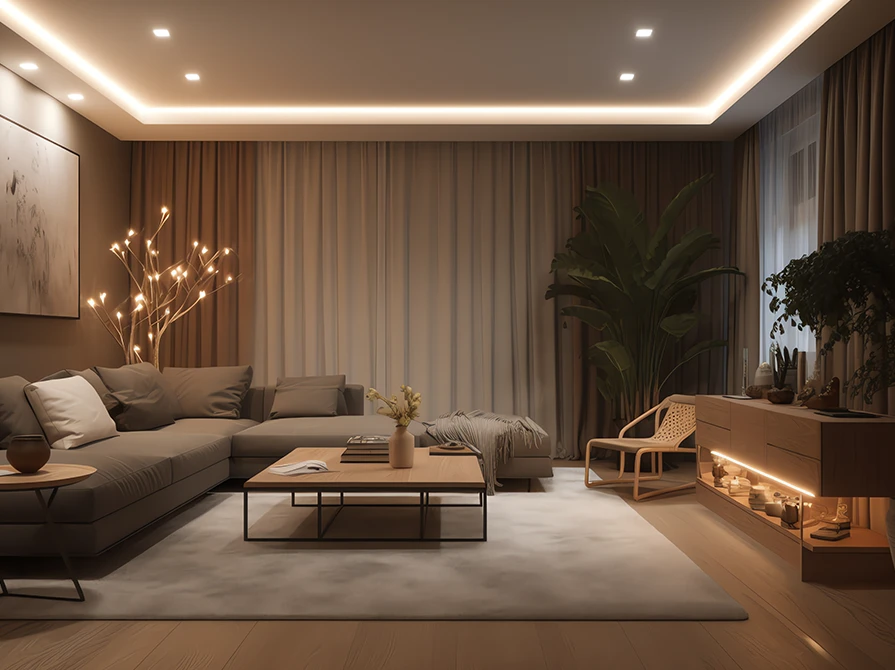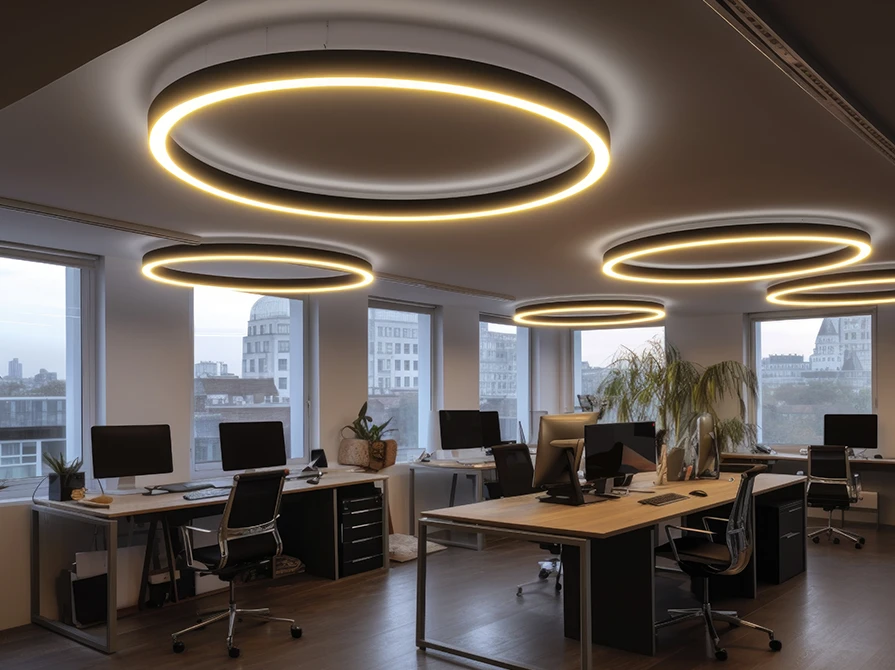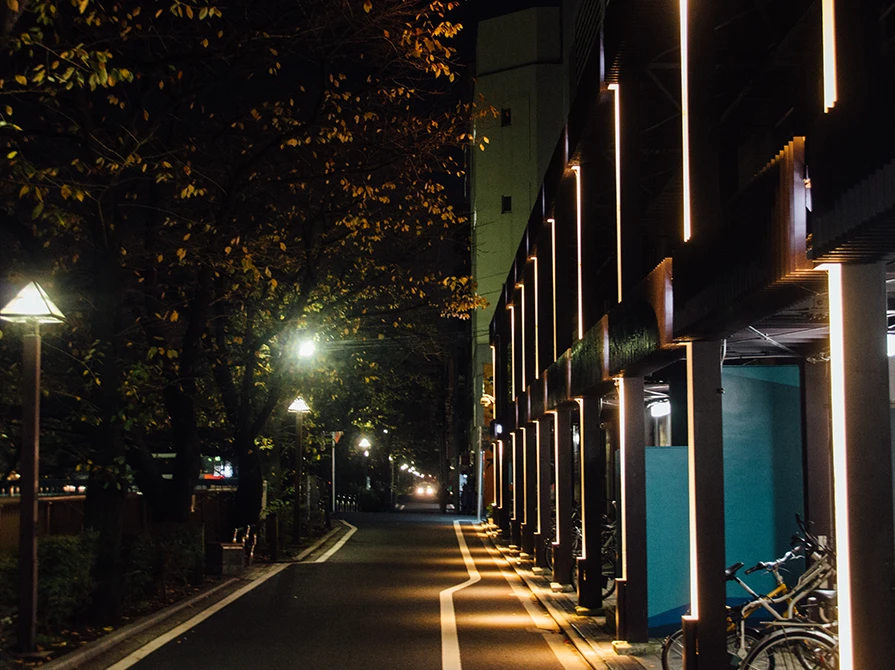Essential Considerations for Lighting Design in Cold Storage Facilities
Lighting design in cold storage facilities presents unique challenges due to the extreme temperatures and specific requirements of these environments. Proper illumination is essential for safety, productivity, and energy efficiency in cold storage operations. This blog explores key factors to consider when designing lighting solutions for cold storage facilities, from fixture selection to energy efficiency measures.
Understanding Cold Storage Environments
Cold storage facilities maintain low temperatures to preserve perishable goods such as food, pharmaceuticals, and biological samples. Temperatures in these facilities typically range from -20°C to -30°C (-4°F to -22°F) for frozen storage and 0°C to 4°C (32°F to 39°F) for refrigerated storage. These low temperatures pose challenges for lighting equipment, as traditional fixtures may experience performance issues or premature failure in such extreme conditions.
Fixture Selection and Material Considerations
- Enclosure Ratings: Lighting fixtures for cold storage facilities must have appropriate ingress protection (IP) and environmental ratings to withstand low temperatures and moisture levels. Enclosures with IP65 or higher ratings provide protection against dust and water ingress, ensuring reliable performance in harsh conditions.
- Impact Resistance: Cold storage environments may involve forklift traffic and other heavy machinery, increasing the risk of accidental impact damage to lighting fixtures. Selecting fixtures with robust construction and impact-resistant materials such as polycarbonate or tempered glass lenses is crucial to prevent fixture damage and maintain safety.
- Corrosion Resistance: Exposure to cold temperatures and humidity can accelerate corrosion and deterioration of lighting fixtures. Choosing fixtures with corrosion-resistant materials such as stainless steel or aluminum helps prolong the lifespan of the fixtures and ensures long-term performance in cold storage environments.
Lighting Control Systems
- Energy Efficiency: Cold storage facilities consume significant energy to maintain low temperatures, making energy-efficient lighting solutions essential for reducing operational costs. Lighting control systems, such as occupancy sensors, daylight harvesting, and dimming controls, help optimize energy usage by adjusting illumination levels based on occupancy and ambient light conditions.
- Temperature Compensation: Temperature-sensitive lighting control systems can adjust lighting output in response to changes in ambient temperature within cold storage facilities. These systems ensure consistent illumination levels despite fluctuations in temperature, enhancing visual comfort and safety for workers.
- Remote Monitoring and Control: Advanced lighting control systems allow facility managers to remotely monitor and control lighting fixtures in cold storage facilities. Remote diagnostics, scheduling, and maintenance alerts enable proactive management of lighting systems, reducing downtime and enhancing operational efficiency.
Compliance with Regulatory Standards
- Safety Regulations: Cold storage facilities must comply with safety regulations and guidelines regarding lighting design and installation. Regulatory bodies such as the Occupational Safety and Health Administration (OSHA) and the National Electrical Code (NEC) provide requirements for lighting equipment, wiring methods, and hazardous location classifications in cold storage environments.
- Food Safety Standards: In food storage facilities, lighting fixtures must meet food safety standards to prevent contamination and ensure product integrity. Fixtures with smooth, non-porous surfaces and sealed enclosures are easier to clean and disinfect, reducing the risk of bacterial growth and foodborne illnesses.
Maintenance and Accessibility
- Accessibility: Accessible lighting fixtures are essential for maintenance and inspection tasks in cold storage facilities. Fixtures should be strategically positioned and easily accessible for relamping, cleaning, and troubleshooting purposes. Consideration should also be given to fixture mounting heights and maintenance access points to minimize downtime and labor costs.
- Low-Temperature Performance: Cold storage facilities require lighting fixtures that can operate reliably in subzero temperatures without performance degradation. Choosing fixtures with cold-start capabilities and frost-resistant components ensures consistent illumination even in the coldest parts of the facility.
Emergency Lighting Systems
- Backup Power Sources: In cold storage facilities, power outages can pose significant safety risks, especially if visibility is compromised. Emergency lighting systems equipped with backup power sources, such as generators or battery backups, ensure continuous illumination during power disruptions, allowing personnel to safely navigate and evacuate the facility.
- Exit Signage: Clearly marked exit signage illuminated by emergency lighting systems is essential for guiding personnel to safety in the event of an emergency. Illuminated exit signs should be strategically placed throughout the facility to provide clear directions to emergency exits and evacuation routes.
Thermal Management
- Heat Dissipation: Lighting fixtures generate heat during operation, which can affect performance and efficiency, especially in cold storage environments. Proper thermal management techniques, such as heat sinks or passive cooling systems, help dissipate excess heat and maintain optimal fixture performance in low-temperature conditions.
- Frost Prevention: Cold temperatures in refrigerated environments can lead to frost buildup on lighting fixtures, reducing visibility and efficiency. Implementing frost prevention measures, such as anti-condensation coatings or heated enclosures, helps mitigate frost formation and ensures clear illumination in cold storage facilities.
Condensation Management
- Vapor Tight Fixtures: Vapor-tight lighting fixtures feature sealed enclosures that prevent moisture ingress, making them ideal for cold storage environments where condensation can be a concern. By effectively sealing out moisture, these fixtures maintain consistent performance and extend their lifespan, reducing maintenance requirements and ensuring reliable illumination in challenging conditions.
- Drainage Systems: Proper drainage systems are essential in cold storage facilities to manage moisture and prevent water accumulation around lighting fixtures. By implementing sloped surfaces or drainage channels, any condensation or moisture that collects near fixtures can be directed away from sensitive electrical components, minimizing the risk of water damage and corrosion. This proactive approach to drainage helps maintain the integrity and functionality of lighting systems in cold storage environments, ensuring continuous and safe operation.
High Visibility and Color Rendering
- High-Visibility Lighting: Cold storage facilities necessitate lighting solutions that deliver optimal visibility in low-temperature environments, as reduced visibility can compromise safety and impede productivity. Implementing high-output LED fixtures with wide beam angles ensures uniform illumination, minimizing shadows and enhancing visibility across the facility, even in extremely cold conditions.
- Color Rendering Index (CRI): Opting for lighting fixtures with a high Color Rendering Index (CRI) is essential for cold storage facilities to accurately represent colors, particularly crucial for tasks like quality control and product inspection. Fixtures with a CRI above 80 ensure that workers can differentiate between products accurately, facilitating efficient operations and maintaining quality standards in the cold storage environment.
Wrapping Up
Designing lighting solutions for cold storage facilities requires careful consideration of environmental factors, fixture selection, lighting control systems, regulatory compliance, and maintenance requirements. By addressing these key considerations, facility managers can create safe, efficient, and sustainable lighting environments that enhance productivity and product quality in cold storage operations. Get in touch with us to know more about our lighting solutions for cold storage facilities.


